
As 2020 comes to a close, we give you one of our most beloved traditions: our year-end album list. For a look back at previous installments, check out our lists from the last six years: 2014 | 2015 | 2016 | 2017 | 2018 | 2019
We don’t necessarily assert that these five albums are the best albums of the year, as authoritative lists like that are best left to music blogs and magazines. They are merely the ones we played the hell out of, a glimpse into an important part of our company culture: our collective soundtrack.
So without further ado, here are 5 Albums We Played The Hell Out Of In 2020.
1. The Beach Boys – The Smile Sessions (2011)
The plot arc of Smile goes a bit like this: struggling to create a worthy follow-up to The Beach Boys’ avant garde but then-unsuccessful Pet Sounds (1966), Brian Wilson decides to ratchet his progressive aspirations up to eleven and create a sprawling opus called Smile. He constructs a series of musical vignettes drawing from every corner of Americana, and assembles a prodigious orchestra of studio musicians to help him bring these vignettes to life. But progress eventually stalls, crippled by Wilson’s manic lack of focus and fanatically eccentric commitment to his vision. Tensions within the group worsen. Exacerbated by a steady diet of psychedelics and amphetamines, his sanity collapses. Smile gets scrapped.
Like a museum exhibit displaying the fragmented contents of a visionary’s sketchbook, The Smile Sessions is an archival release of this abandoned masterpiece, curated and compiled in 2011 by a team of audio engineers. The album features a handful of mostly complete compositions perforated by rough snippets of arrangements, strung together to create a psychedelic collage that winds up somewhere between a great American road trip and those play town rugs from the nineties. It’s pure inner child, wide-eyed and whimsical, like a circus composed entirely of sideshows.
While Pet Sounds may have become the go-to juxtaposition of Brian Wilson’s genius against the backdrop of his psychological decline, Smile illustrates that theme to its fullest: a would-be masterpiece that collapsed under the weight of its own vision. Thanks to The Smile Sessions, we’re allowed to peek through the keyhole at what could have been.
If you’re only going to listen to one song: Surf’s Up [4:12]
2. Various Artists – The BG Oldies Playlist
During a year when so many of us found solace in familiar comforts, it’s no surprise that an ever-expanding playlist of oldies classics became one of our most frequent soundtracks. For many of us here at BG, these were the songs we absorbed as children from the back seats of our parents’ cars, becoming the lens through which we viewed an era decades before our own births.
Given the glaring absence of oldies amongst Pittsburgh’s depressingly lackluster radio offerings, we’ve been forced to take matters into our own hands. From the cowboy ballads and big band bangers of the forties, to the early rock n’ roll pioneers and doo-wop ensembles of the fifties, to the warm Motown soul and paisley psychedelia of the sixties, we’ve done our best to compile hundreds of our favorite hits across dozens of genres into a single nostalgia-packed playlist – mainly so that we can belt them at the tops of our lungs while canning General Braddock’s.
If you’re only going to listen to one song: Dawn (Go Away) by Frankie Valli & The Four Seasons [2:48]
3. Caribou – Suddenly (2020)
Suddenly is precisely the type of heady electronic pop you’d expect from a middle-aged Canadian synth whiz with a PhD in mathematics and a seemingly razor-thin range of facial expressions. On his fifth release as Caribou, Dan Snaith employs crisp dancefloor sensibilities and loose meanderings alike, all woven together with his gentle, intimate falsetto. Part songwriter and part engineer, Snaith takes a tenderly-crafted message about home and family and feeds it through every machine in his shop: some compression here, some distortion there, often wandering slightly out of sync or off-pitch for an added tinge of discomfort. Suddenly is certainly nonlinear, but retains a tightness of execution that paints each individual branch as part of the same tree.
If you’re only going to listen to one song: You and I [4:03]
4. The Band / Various Artists – The Last Waltz (1978)
Among the many unfortunate lessons 2020 has taught us is to never again take live music for granted. In the absence of a packed concert schedule, many of us had to find our own ways to perform and consume live music from the solitude of our homes, which just isn’t the same. But if we’re doing the best with what we’ve got, and what we’ve got is The Last Waltz, we’re doing ok.
The Band was never the flashiest act of the post-folk seventies, but as musicians’ musicians, their rolodex ran deep. Their legendary 1978 farewell concert saw them assemble an all-star collection of friends: eyeliner-phase Bob Dylan; an otherworldly Joni Mitchell; a pudgy, balding, and jaw-droppingly transcendental Van Morrison; the gospel powerhouse Staple Singers; seventies mafia movie Neil Diamond; animate cocaine baggie Neil Young; a shamanic Muddy Waters; Ringo Starr and Ronnie Wood stopping by for dessert. And, of course, The Band themselves – one of the most American bands of all time, 80% made up of Canadians.
While the concert album is certainly a thing of beauty, it’s Martin Scorcese’s concert film (available on Hulu) that better captures the energy of such a historic occasion – red velvet, gaudy chandeliers, and a delightful cross-section of a specific musical era.
If you’re only going to listen to one song: The Night They Drove Old Dixie Down by The Band [4:37]
5. Gotye – Like Drawing Blood (2006)
Belgian-Australian multi-instrumentalist Gotye is best known for his out-of-nowhere 2011 megahit “Somebody That I Used To Know”, a song from his third album that sounded nothing like the prevailing pop radio singles of the time. His prior album, 2006’s Like Drawing Blood, takes the opposite approach: it’s a field trip through well-established genres and tropes from around the globe, each filtered through the dark pop sensibilities of a self-described musical tinkerer. An opener with Middle Eastern chord scales, a matched pair of tracks with trudging dub rhythms, and an exceptionally true-to-form Motown track all pop up along the way, his sonic caravan weighed down with trinkets and baubles from hither and yon.
The crowning achievement, however, is the album’s single, “Hearts A Mess” – a plodding, mysterious track that transitions from a sparse and creepy walk through the jazziest nightmare ever into a strung-out, pleading climax and back again.
If you’re only going to listen to one song: Hearts A Mess [6:05]
HONORABLE MENTIONS: Our Personal Picks
Asa’s Pick: Sufjan Stevens – The Ascension (2020)
With an opener that evokes the experience of peaking on laboratory hallucinogens while trapped in a burning building, it becomes immediately clear that this is not the banjo-plucking Sufjan Stevens of yore. His 2020 LP The Ascension is dissonant and apocalyptic, unsettlingly beautiful during its quiet moments and throwing massive, glitched-out haymakers when backed into a corner.
If you’re only going to listen to one song: Make Me An Offer I Cannot Refuse [5:18]
Matt’s Pick: Spencer Brown – Stream of Consciousness (2020)
Spencer Brown puts a huge emphasis on allowing his DJ craft to inform his studio output, and it shows with his continuously mixed, dynamic album Stream of Consciousness. Many of these tracks started as ID’s in his DJ sets over the last five years (several of which I’ve had the pleasure of seeing live), and this meticulously produced album brings it all together to blur the lines between deep house, progressive house, and trance. The energy ebbs and flows but never loosens its grip, guiding the listener on a rolling hour-long journey.
If you’re only going to listen to one song: Since it’s a continuous album, start at the start, SF to Berlin [6:13]
Alaina’s Pick: HAIM – Women in Music Pt. III (2020)
Women in Music Pt. III, the third album release from this sister trio, is experimental, emotional, and excellent. The tight vocals and heartfelt songwriting that distinguish their previous two pop rock albums continue to captivate, while freshly demonstrative lyrics address themes ranging from love and personal purpose to depression and misogyny with an impressive level of both pragmatism and poetry. Layered with synth-heavy beats, original instrumentation, and clever arrangements, the result is as forthright and critical as it is dance-inducing and delightful.
If you’re only going to listen to one song: I Know Alone [3:46]
Tom’s Pick: PUP – Morbid Stuff (2019)
Like most modern Americans, I let algorithms do most of my thinking for me now. And according to Spotify, the album I listened to the most during this awful year was PUP’s newest LP, Morbid Stuff. Our previous head brewer, Zach Gordon, introduced me to PUP when I joined the BG crew back in August of 2019, and I’ve been hooked ever since. They play a form of snarling, frustration-laced hardcore pop-punk that, while whiny at times, is undeniably catchy. Beneath the frantic hooks and sing-along choruses lie heavy themes of depression, substance abuse, nihilism, self-loathing, and existential dread… it’s also hilarious. It’s the perfect soundtrack for watching the corrupt institutions of late-stage capitalism unravel and fall apart. Because as chaos reigns in this disease-ridden, post-truth world, what else can one do but laugh?
If you’re only going to listen to one song: Kids [3:30]
















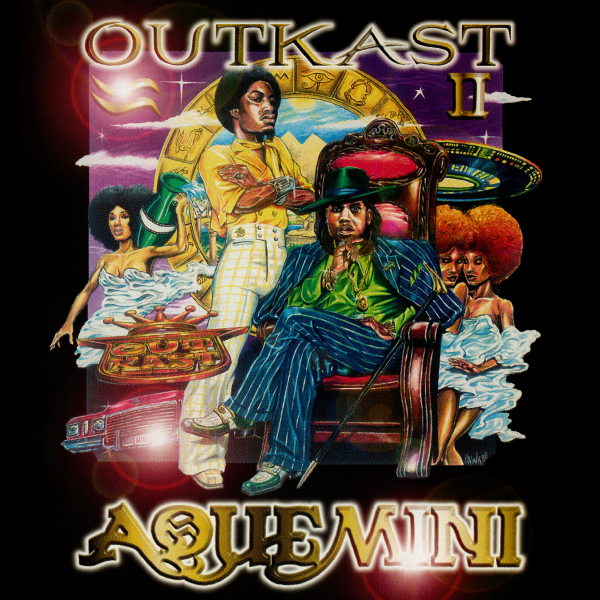

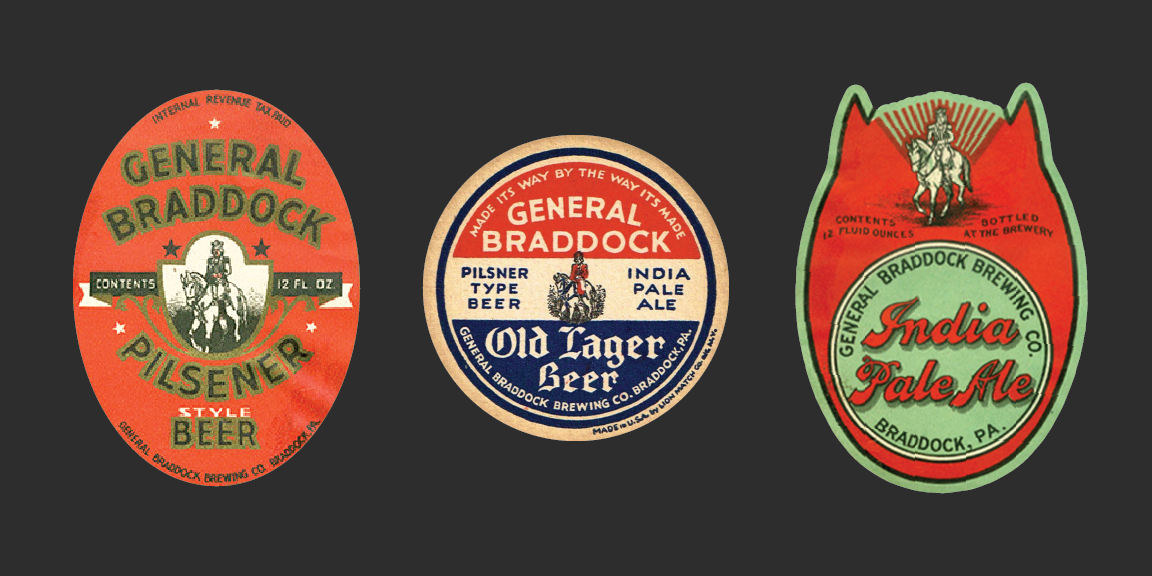
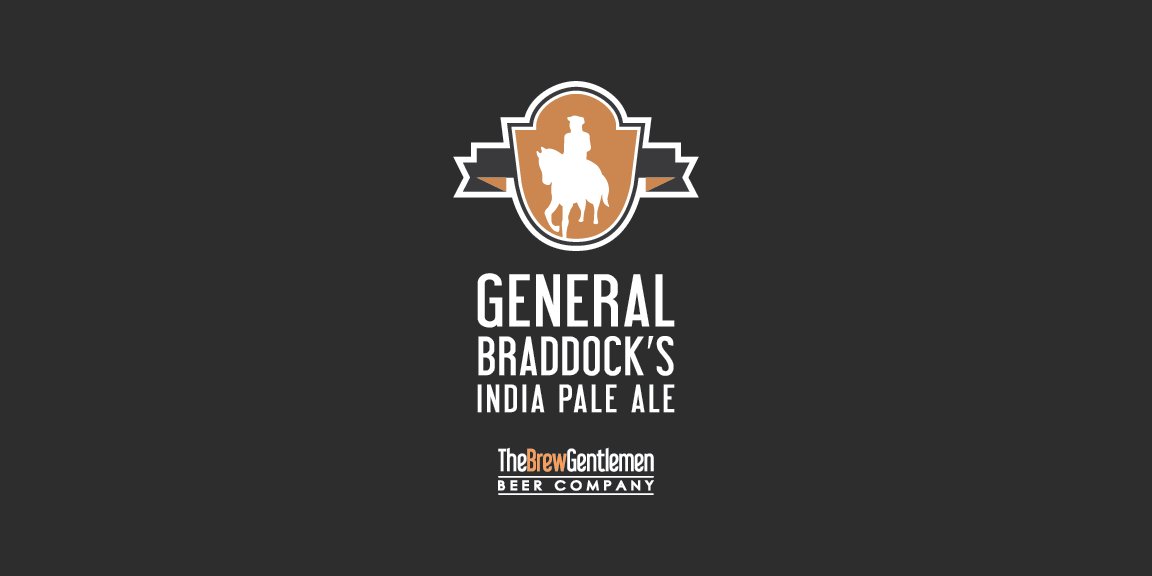
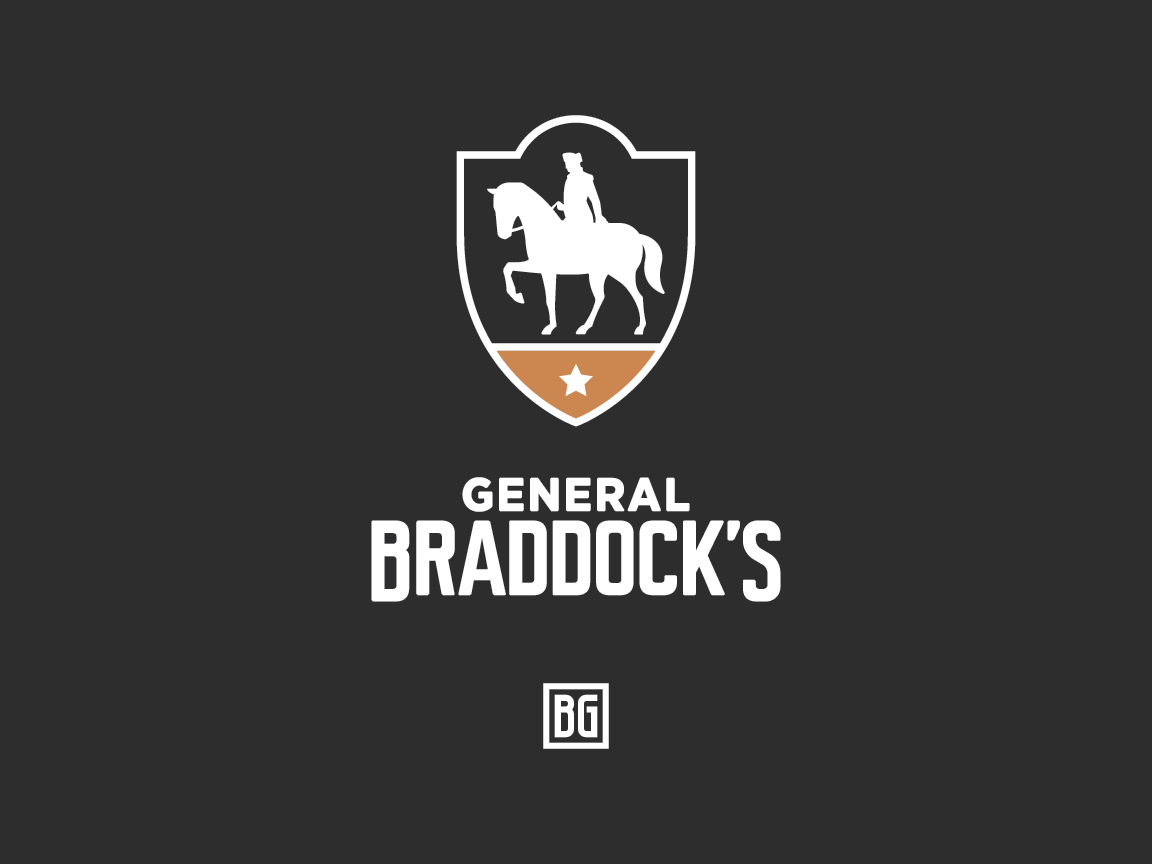
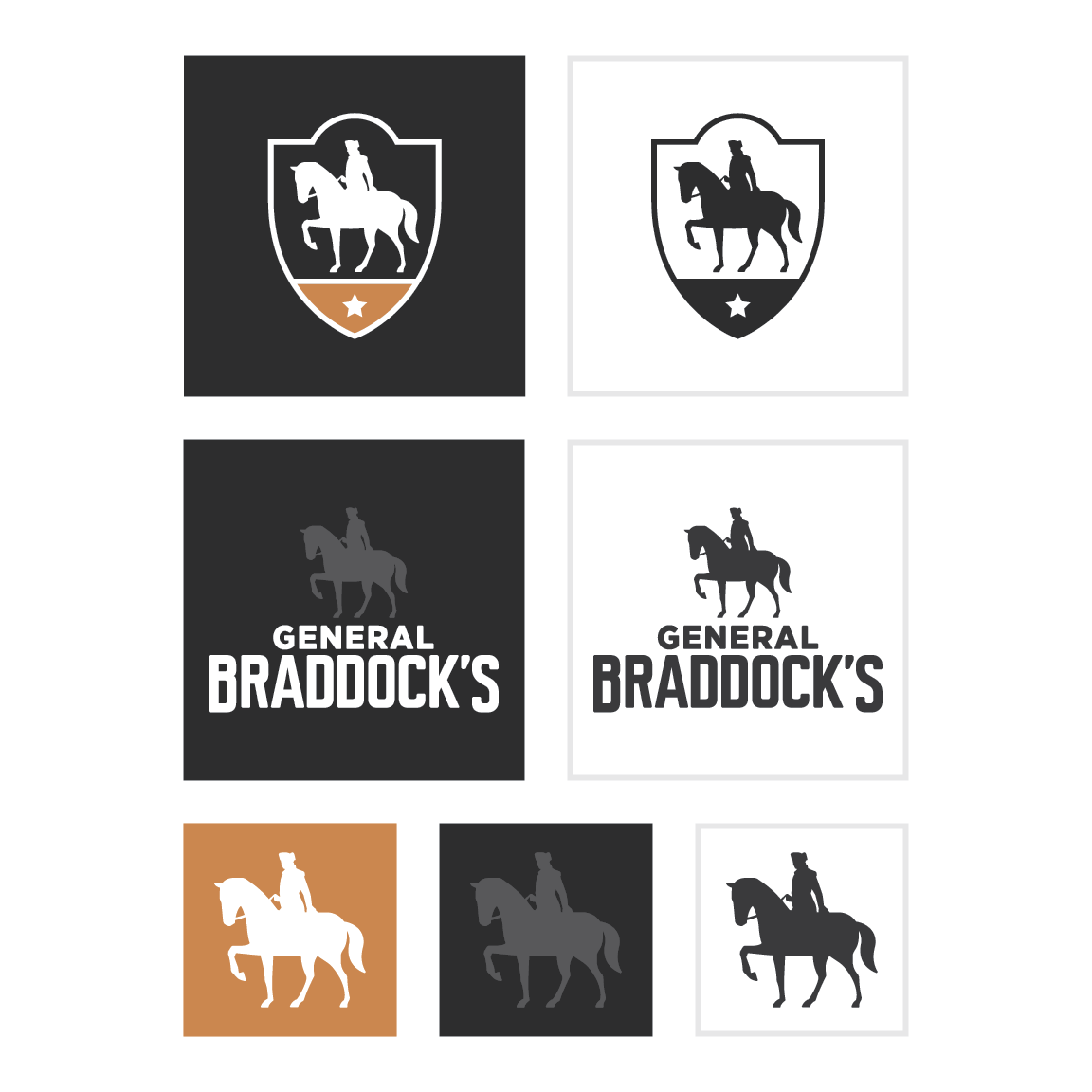
 This is part one of a three-part series on the story of our expansion. Now that we’re in the final stages of construction, we wanted to give a behind-the-scenes look at everything that’s gone into the project thus far. Stay tuned in the coming weeks for parts two and three.
This is part one of a three-part series on the story of our expansion. Now that we’re in the final stages of construction, we wanted to give a behind-the-scenes look at everything that’s gone into the project thus far. Stay tuned in the coming weeks for parts two and three.


















































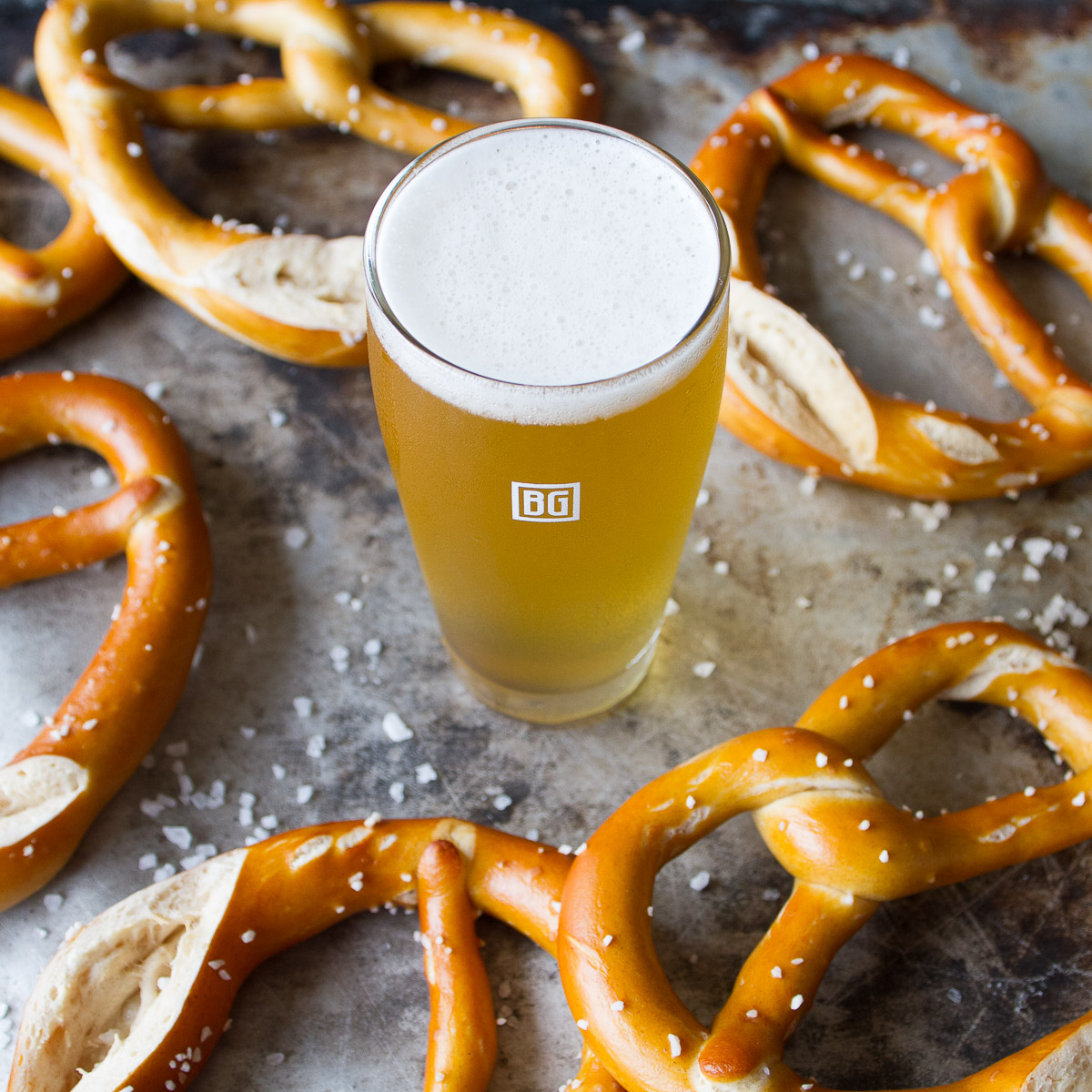

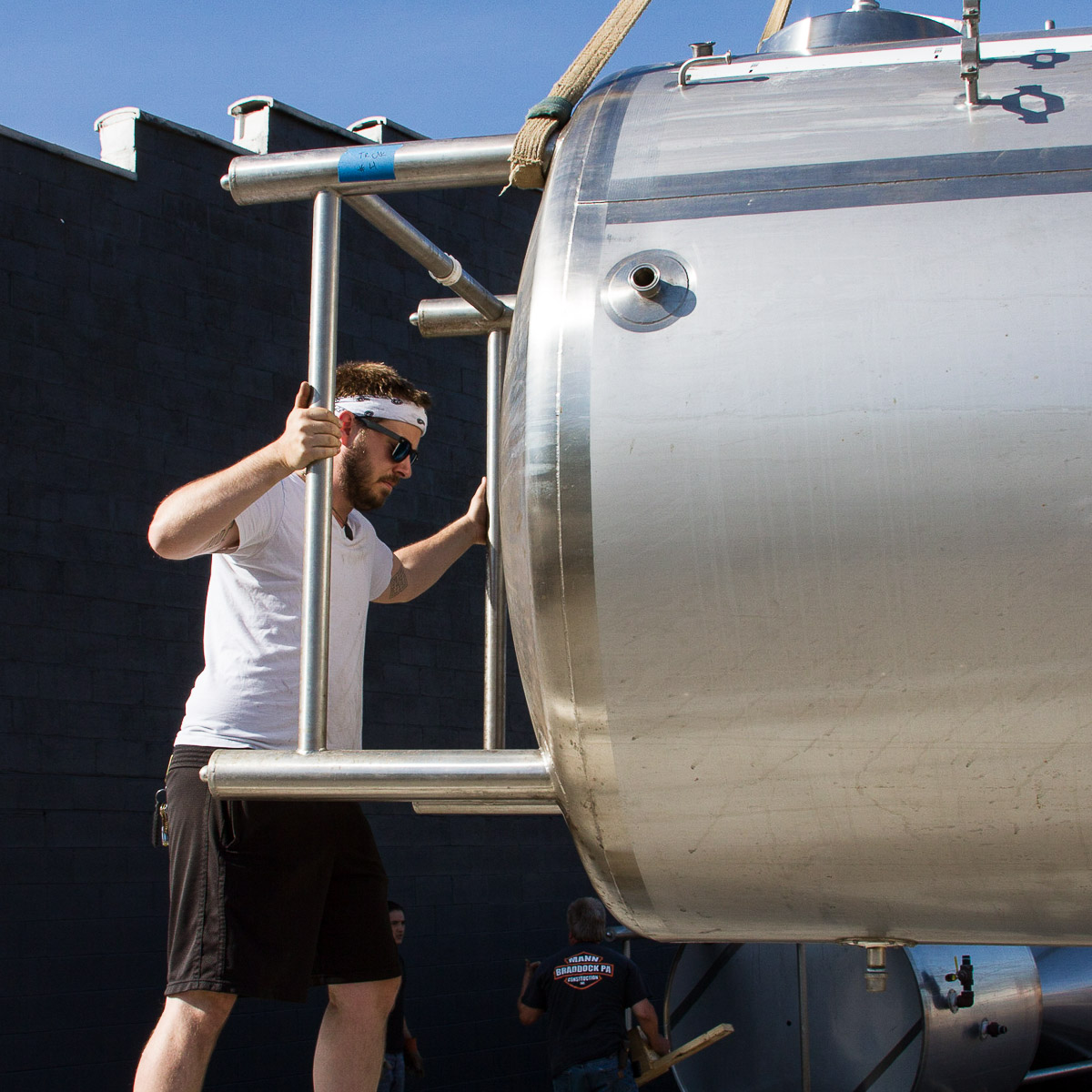 If you’ve visited our brewery at any point over the last few months, you’ve probably seen the early rumblings of a sizeable construction project: large piles of limestone sitting in our parking lot, heavy machinery coming and going, and the melodic sound of jackhammers on concrete.
If you’ve visited our brewery at any point over the last few months, you’ve probably seen the early rumblings of a sizeable construction project: large piles of limestone sitting in our parking lot, heavy machinery coming and going, and the melodic sound of jackhammers on concrete.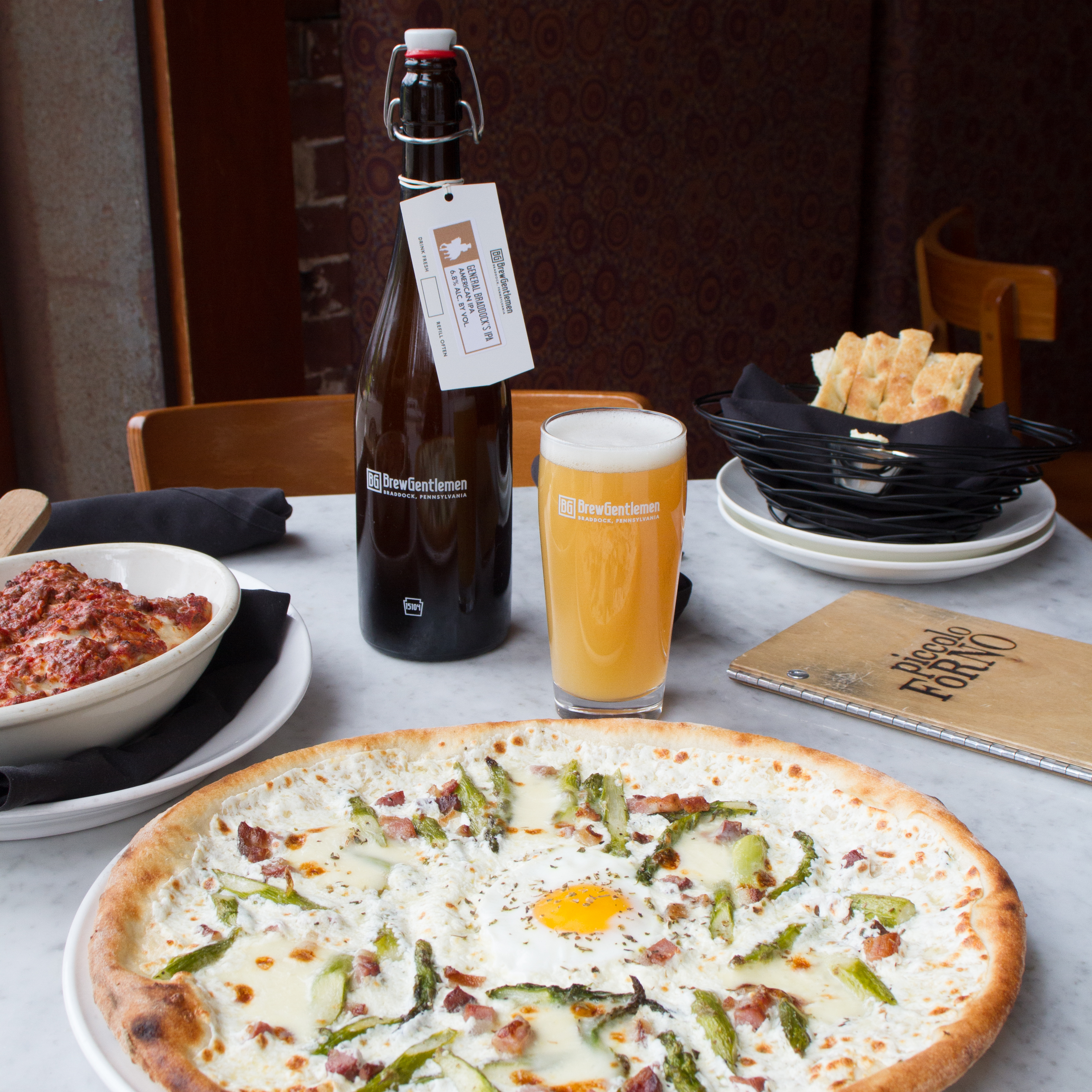 With our fifth anniversary just around the corner, we’ll be taking the month of May to share collections of five things that have made their mark on our past, present, and future. This week: five places to BYOGB around Pittsburgh.
With our fifth anniversary just around the corner, we’ll be taking the month of May to share collections of five things that have made their mark on our past, present, and future. This week: five places to BYOGB around Pittsburgh.
You must be logged in to post a comment.